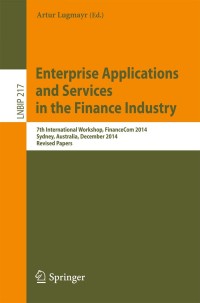Question
Kwon management company is operating a mutual fund. It wishes to evaluate the performance of its mutual fund compared to the market portfolio. As of
Kwon management company is operating a mutual fund. It wishes to evaluate the performance of its mutual fund compared to the market portfolio. As of April 2023, the Kwon management company has the following information:
- Kwon mutual funds expected return is 15% and the standard deviation is 25%.
- The market portfolios expected return is 18% and the standard deviation is 27%.
- The risk-free rate is 8%. Given their financial literacy, the Kwon management company is planning to evaluate the performance of its mutual fund using the CAPM framework. (Ignore taxes for this question.)
a) What are the Sharpe ratios for the market portfolio and the Kwon mutual fund? What can you say about the efficiency of the Kwon mutual fund relative to the market portfolio? Can you find a combination of the market portfolio and the risk free rate that leads to the same standard deviation of Kwon mutual fund but a higher excess return? (Hint: A stock or mutual fund is efficient if there is no other portfolio that can lead to higher excess return for the same amount of standard deviation.)
b) What is the Kwon mutual funds beta implied from the CAPM?
c) Given your answers to a) and b), how much idiosyncratic risk does Kwon mutual fund have? How can you measure it?
d) Upon evaluation, Kwon management company gets information about company Veronesi and Ren (VR) that will be listed in the market. According to analysts, the stock of VR will have a correlation of 0.5 with the market portfolio and standard deviation of 60%. According to the CAPM, what would be the equity beta of VR? What would be the expected return of VR?
e) The Kwon management company finds out that VR is already heavily debt-financed even before getting listed. According to the information, the board of VR plans to maintain the debt-to-equity ratio of 1 after being listed. Previously, VR has been given a credit rating of Aa. What would be the beta of VR, had it been purely equity-financed? What would be the (unlevered) cost of capital of VR according to the CAPM? (Hint: The debt beta for Aa-rated corporate bonds is equal to 0.2.)
Step by Step Solution
There are 3 Steps involved in it
Step: 1

Get Instant Access to Expert-Tailored Solutions
See step-by-step solutions with expert insights and AI powered tools for academic success
Step: 2

Step: 3

Ace Your Homework with AI
Get the answers you need in no time with our AI-driven, step-by-step assistance
Get Started


